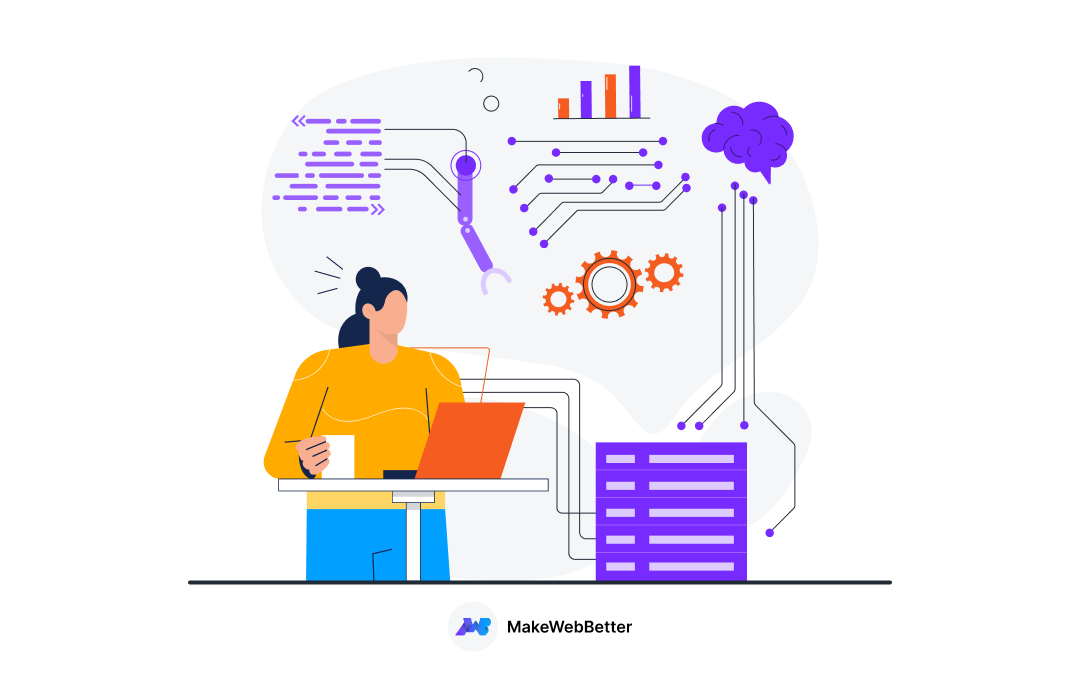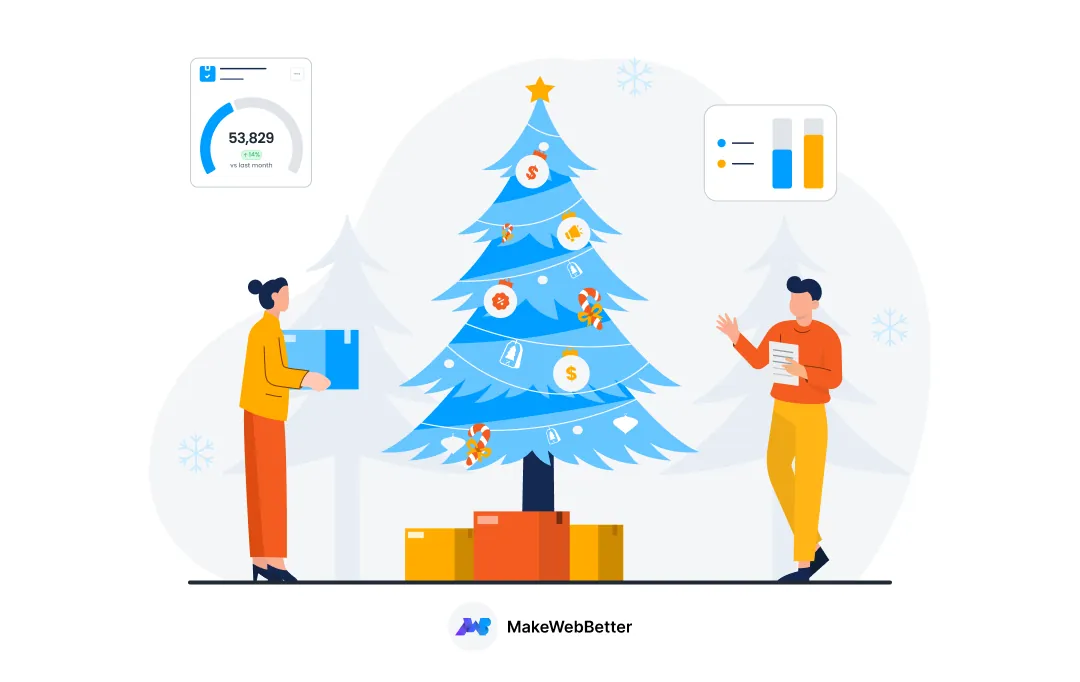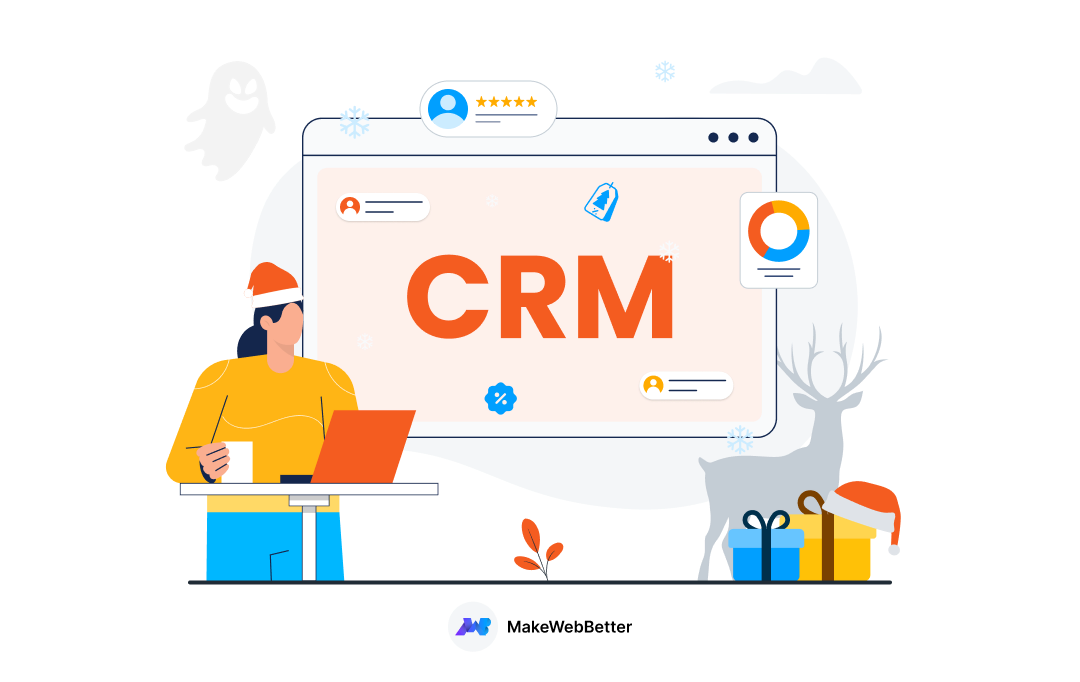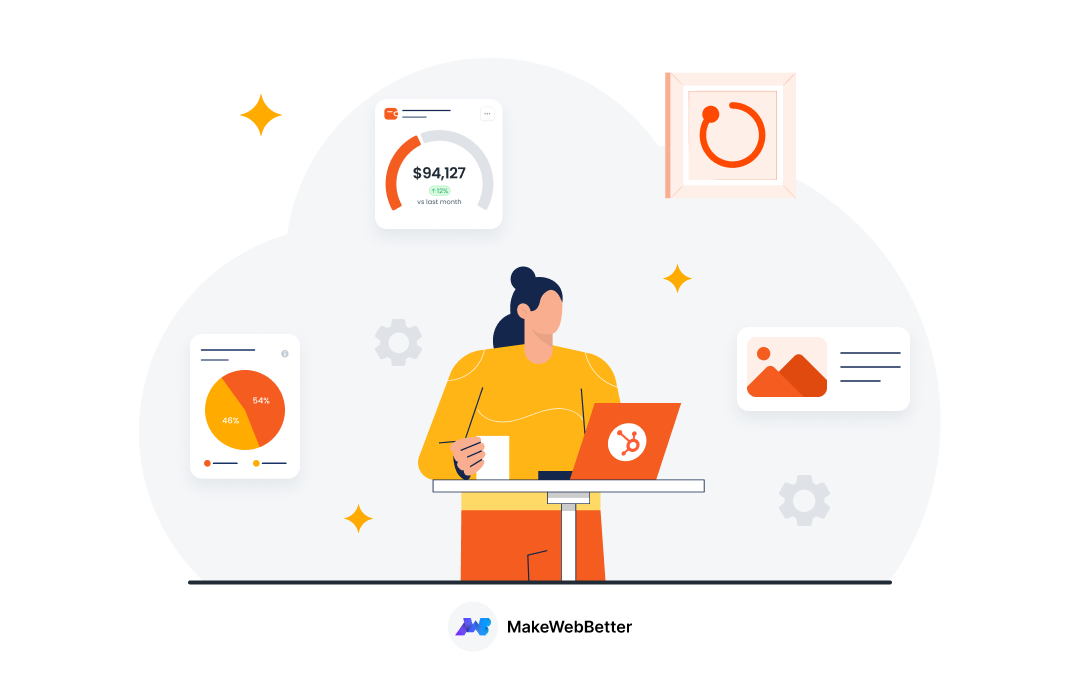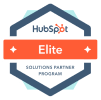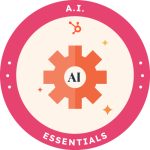We can’t be convinced enough. AI is becoming the operational backbone of how businesses work. And without a doubt, it runs on data. That’s why you need AI-ready data.
Sounds smooth, right? Here’s the twist: AI can’t run on broken data. Evidently, if your CRM, tools, and systems feed it incomplete, outdated, or disconnected information, you’ll get half-baked insights and make flawed decisions.
Therefore, before your next AI rollout, let’s talk about what actually makes or breaks it. Your Data!
Ultimately, this is what it’s all about. Now, let’s discover a proven approach to AI-ready data and explore how smart integration bridges the gap between generic AI and your business logic.
What ‘AI-Ready Data’ Actually Entails?
AI doesn’t create intelligence from thin air. It learns from the data we feed it.
Consequently, AI-ready data isn’t a one-and-done task. It’s a managed lifecycle where data is continuously cleaned, integrated, and maintained (mostly through automation).
To clarify, here are the thumb rules of AI data readiness we’ll work on.
- Completeness: Your datasets must contain clearly defined contact details, lifecycle stages, engagement, and revenue data.
- Accuracy: This one’s huge. Records across platforms must be systematically validated and regularly updated (manually or through automation).
- Consistency: Verify that all platforms adhere to a standardized data format and naming convention.
- Accessibility: Tools and teams must access the right data securely, without barriers.
Pretty straightforward, right? Now, let’s break down what each actually means for your business.
What are the actual steps involved in setting up the AI-ready Data?
Alright, we’re gonna make it happen.  Essentially, getting your data AI-ready follows a pretty structured approach, comprising five steps that build on each other. Here’s how it works:
Essentially, getting your data AI-ready follows a pretty structured approach, comprising five steps that build on each other. Here’s how it works:
Step 1: First, audit everything. Take a hard look at all your data across every platform. Where are the gaps? What’s duplicated? What’s flat-out wrong? This is your foundation, so don’t rush it.
Step 2: Next, integrate data into a unified data destination. Bring cleansed data together, ideally in a CRM with AI data integration. You need one single source of truth. No more hunting across five systems.
Step 3: Then, standardize and fill in the blanks. Apply uniform schemas, add context, and fill missing values. This is where your data becomes actionable.
Step 4: Throughout this process, you must adhere to the AI data governance rules and compliance measures. Follow regulations, protect customer information. No cutting corners here.
Step 5: Finally, set up monitoring that never sleeps. Data evolves, so set up automated monitoring that keeps quality high with ongoing feedback & maintenance. This transforms fragmented data into a reliable AI foundation. Now, let’s dig deeper!
Expert CRM & Data Audit
Let the experts step in if you don’t wanna risk the data quality you’re aiming for with this data audit.
Step 1: AI Data Readiness Audit
Goal: Know exactly what your data looks like, what’s missing, and what’s blocking AI adoption.
AI-ready data starts with a baseline test. Before anything else and letting AI loose on your systems, you need to scrutinize the current state of your data.
After all, getting this AI readiness audit right, along with well-documented data, is what sets you up for an error-free data ecosystem. It’s the foundation everything else builds on.
Here’s your action plan for this data audit:
- Quantify your data quality: Use those four metrics we just talked about (completeness, accuracy, consistency, accessibility) as your scorecard.
- Hunt for gaps everywhere: Check every major data source for data collection. Be it CRM, ERP, cloud storage, or even those offline records gathering dust.
- Get your naming right: Standardize how you name fields, format dates, and fill fields across all your tools. Stick with one convention.
- Flag the issues: Document every inactive record, incomplete entry, and duplicate you find.
- Create your toolkit: You’ll want sample CSV extracts, validation rules, and duplicate reports. These become your reference materials.
- Map it all out: Your final deliverables should include a complete data map, a visual heatmap of gaps, and a prioritized fix list.
- Assign ownership: Create an AI data readiness checklist and assign ownership for fixing identified gaps. No “somebody should handle this”! You must put names next to fixes.
I know! This data audit isn’t some glamorous work, but if you want a concrete foundation, then that’s your first step.
Step 2: Unify Data Through Smart Integration
Goal: Create one clean, connected data source as the foundation for every AI-driven decision and workflow you run.
Here’s the reality: when your servers, systems, and operations exist in separate worlds, you’ll never get clear AI insights. Moreover, AI loves connected ecosystems.
Here’s how we do it! 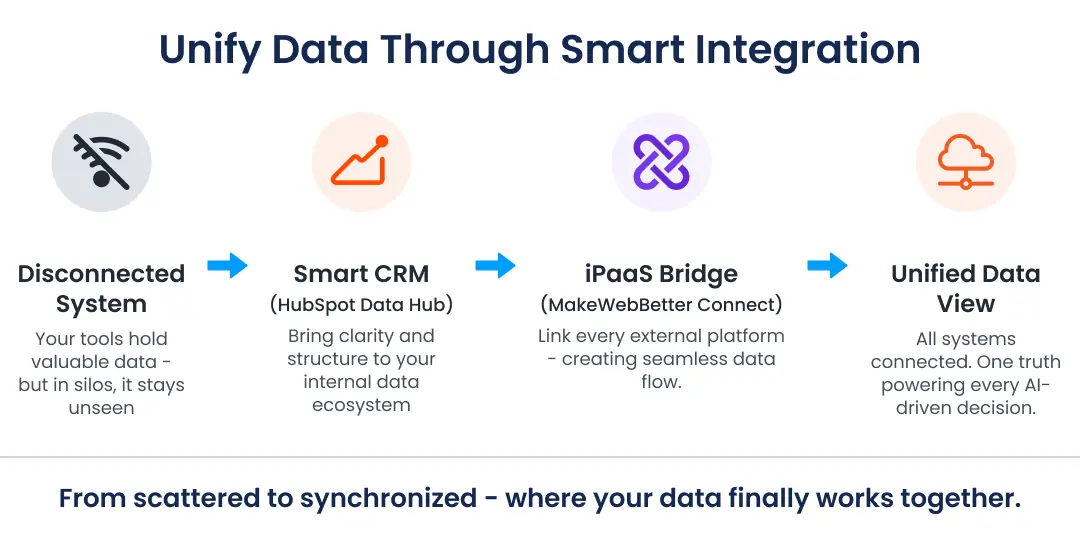
The Smart Integration
So you’ve cleaned up the data mess. Great!
Now, your next step is to unify the disconnected systems and ensure consistency through smart integration.
So, the big question is: where should all this data actually live?
This is where the Smart CRM steps in to do the heavy lifting (things like automated lead scoring, deal forecasting, lead or churn prediction).
The HubSpot Solution (Internal Unification)
Consequently, the quest for Smart CRM brings us to HubSpot, which recently revamped its platform with the new HubSpot Data Hub. It is honestly a game-changer, bringing transformative tools like Data Agent & Data Studio, simplifying things for the DataOps.
Furthermore, the AI-powered Data Hub doesn’t just unify your scattered business data. The HubSpot Smart CRM enriches it and brings structured clarity (all that with the quickest access). Through Breeze AI, it combines intelligence with your data to actually drive insights you can act on.
Still, this is only half the battle.
The Missing Piece (External Integration)
HubSpot’s Data Hub handles internal data unification beautifully. But your business extends beyond HubSpot. You’ve got a stack of platforms, each generating and running on its own data.
Therefore, the data needs to flow bi-directionally!
This is where iPaaS (Integration Platform as a Service) fills the gaps, combining and populating data across channels to make it meaningful and actionable.
The Complete Approach
At this point, MakeWebBetter Connect is an iPaaS with deep HubSpot logic that solves the AI data integration automation gaps in a jiffy. It is an all-around solution for AI data readiness and cross-platform data flows, which are facilitated through an AI-driven workflow builder and no-code custom integration.
We’ll explore this approach more later in this read.
Together, this HubSpot + iPaaS framework ensures your Smart CRM gets the cleanest data from the start, making HubSpot the true hub for AI implementation.
How does HubSpot + iPaaS framework help in AI-ready data?
Here’s your practical example (an action plan), matched with the ideal iPaaS features that make it possible:
| Tasks | Ideal iPaaS Feature |
| Sync data between CRM, marketing automation, eCommerce, accounting, and the most critical tools that generate data. | Connect any tool or platform |
| Map shared data points (contacts, orders, deals, products) and define sync direction (one-way or two-way). | Data Mapper |
| Set real-time or scheduled syncs to keep systems updated without overload. | Delay & Loop |
| Use deduplication logic to merge identical records automatically. | Create & Update existing records across platforms |
| Validate AI data integration with test runs before going live. | Test, Version Control, & Approval System |
| Build monitoring & alerts (failed syncs, schema drift). | Internal Notification, Event-triggered Emails, Sync Logs, Automated retry sync |
Step 3: Standardize and Enrich Your Data
Goal: Go beyond just “technically clean”, build datasets that are structured, labeled, and meaningful.
A quick do-up for the data standardization:
- Define a unified data schema: what every field means and how it’s formatted.
- Normalize key attributes (phone numbers, countries, product/categories).
- Add enrichment layers like ICP/persona tags, industry type, or engagement score.
- Leverage APIs or enrichment tools to fill in missing details.
- Maintain a “data dictionary” for reference across teams.
Once you’re through the standardization process, it’s time to ensure the consistency of your records. Below is an example of a data enrichment feature introduced by HubSpot in its Breeze AI update.
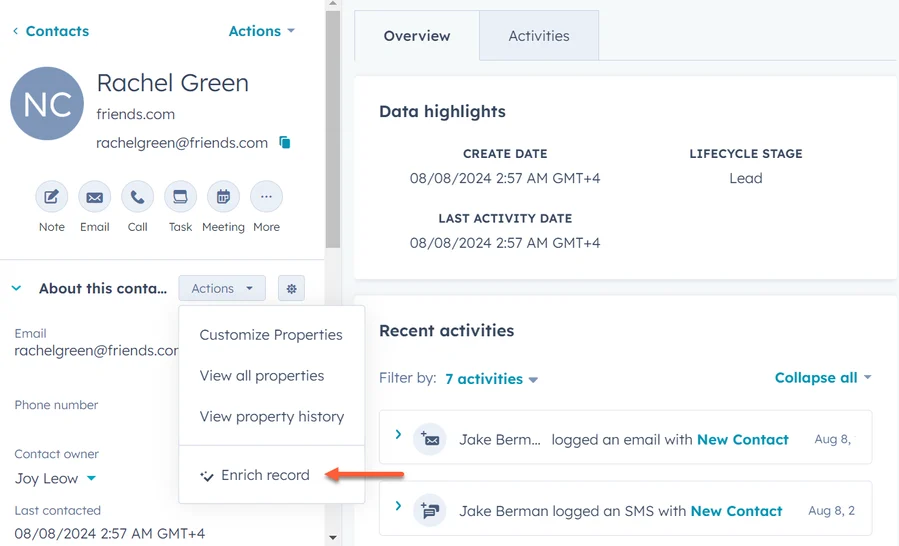
To clarify, making your data “AI-readable” depends heavily on structure and enrichment.
Instead of merely storing contact info, add the attributes to it (such as buyer intent, engagement patterns, and lifetime value). As a result, these insights make AI outputs sharper and more relevant.
In this scenario, HubSpot AI and an iPaaS (like MakeWebBetter Connect) will allow you to define and enforce data mapping, so every integrated tool uses the same language.
For instance,
- Ensure uniformity from lead to loyalty across integrated channels.
- Automate adding lead scoring, intent scores, or segments to contacts.
- Standardize formats for dates, currencies, and regions.
- Create consistent tagging and classification systems.
Ultimately, structured and enriched data allows AI to interpret relationships, trends, and behaviors effectively.
Step 4: AI Data Governance, Compliance & Security
Goal: Maintain transparency, accountability, and trust with your customers while letting AI leverage it safely.

AI-ready data can’t run on false or non-compliant information. Therefore, AI data readiness isn’t complete unless the data is compliant. Implement robust AI data governance frameworks and align with privacy regulations such as GDPR, CCPA, and HIPAA (where applicable).
Additionally, beyond compliance, there is the matter of AI data governance. You must ensure consent mechanisms are in place, audit trails are maintained, and access permissions are tightly controlled. Consequently, this builds trust with your customers and your teams.
Thus, let’s go through the practical actions you must take to make the data compliant and well-governed.
- Consent management and provenance (who gave which permission and when).
- Implement role-based access controls and encryption where applicable.
- Map where sensitive data lives and who can access it.
- Establish data retention and deletion policies, and keep track of them.
- Maintain compliance-aligned consent management.
Once compliance and AI data governance frameworks are in place, the next step is ensuring your data keeps evolving with your business, through ongoing management and iteration.
Step 5: Data Management & Iteration
Maintain, Measure, Evolve!
Iteration means treating data as a product: measure it, own it, and improve it continuously. At this stage, the HubSpot + iPaaS approach comes in handy.
Specifically, this includes:
- Monitoring data pipelines (sync health, schema drift, enrichment accuracy).
- Periodic data audits using HubSpot Data Hub’s governance and reporting features.
- Retraining and feedback loops, showing how AI outputs feed back into CRM fields for smarter AI-powered automation.
Now, let’s jump to the ‘ongoing process’, making AI-ready data is not a one-off project.
- Monitor data quality continuously: Schedule periodic data audits, set up dashboards, and KPIs (completeness, duplication rate, error rate).
- Build feedback loops: Feed AI outputs and user corrections back into source systems to improve labels and mappings.
- Automate data hygiene: Scheduled deduplication, validation checks, and enrichment jobs.
- Version and govern datasets: Keep snapshots for model reproducibility and rollback.
- Retrain and re-evaluate models regularly: Schedule retraining using fresh, validated data and track model drift.
- Define ownership and SLAs: Assign data stewards and SLAs for updates, fixes, and access requests.
- Document everything: Schemas, transformation logic, consent rules, and lineage, so teams can trust and reuse data.
Implementation Roadmap
HubSpot’s newly introduced Data Hub is a major step toward data centralization and AI data readiness. It ensures your tools and systems can operate on a single trusted source, all inside HubSpot.
But even with Data Hub, many businesses still run into real-world gaps. Whether that be multiple commerce platforms, legacy ERPs, custom apps, or heavy batch processes. All that breaks the “single source of truth.”
Bottom line: Data Hub gives you the unified backbone and powerful internal tools, but most organizations will still need targeted integration logic.
How Does MakeWebBetter Connect Ensure AI Data Readiness?
After you map gaps and apply them to your tools, you’ll likely need a platform that. And that’s what you achieve with MakeWebBetter Connect.
It extends HubSpot Data Hub for bi-directional sync with external systems integration.
More than that, MakeWebBetter Connect iPaaS offers you a smart plug-and-play setup that allows integration of platforms of your choice, and this includes AI tools, too. In addition to this, it offers you a workflow automation builder that exceeds the needs of a simple integration.
Plus, it’s so easy to start: The free plan allows 10 integrations with 1000 tasks monthly. The paid plans start at just $19 a month.
It surpasses the limits of traditional integration and ETL systems, as MakeWebBetter Connect empowers you to craft intelligent data flows yourself without coding and implement cross-platform integrations like never before.
With the AI-powered automation and integrations, you can build a powerful, intelligent system that can help you manage data without recurrent efforts. This robust mechanism powers you with:
- No-code workflow automation
- Prebuilt integration apps
- HubSpot integration apps
- Custom Integration with Bi-directional Sync
- Context-aware Logic
- Mapping & Data Enrichment
- Extended no-code AI data integration
- Smart Error Handling
- Visual Orchestration
Plainly: An iPaaS such as MakeWebBetter Connect acts as the orchestration layer in AI data integration, and it keeps both sides in constant parity for real-time needs. The AI-powered platform takes messy, mission-critical data from external systems, applies your organization’s rules. Ultimately, handing your systems the clean, semantically correct, and actionable AI-ready data.
Master AI Data Readiness
Let’s head towards AI-ready data with guided implementation by experts. Start with a free consultation session.
In A Nutshell
AI is no longer some futuristic nice-to-have thing. It’s the essential, running the show.
The only foundation AI needs is super-clean data. By clean, we mean organized, understandable, decluttered, and complete.
So, as you prepare to match the pace and refine your systems, start with the basics: data quality and connected infrastructure.
For this, you need data transformation tools. Most preferably, a platform that leverages automation and data enrichment capabilities to declutter, complete, organize, and store your data and make it actionable.
We have discussed how HubSpot + iPaaS paves the way for this unified data infrastructure and ultimately the AI-ready data.
Once this foundation is in place, every AI initiative that follows becomes smarter, faster, and far more valuable.

